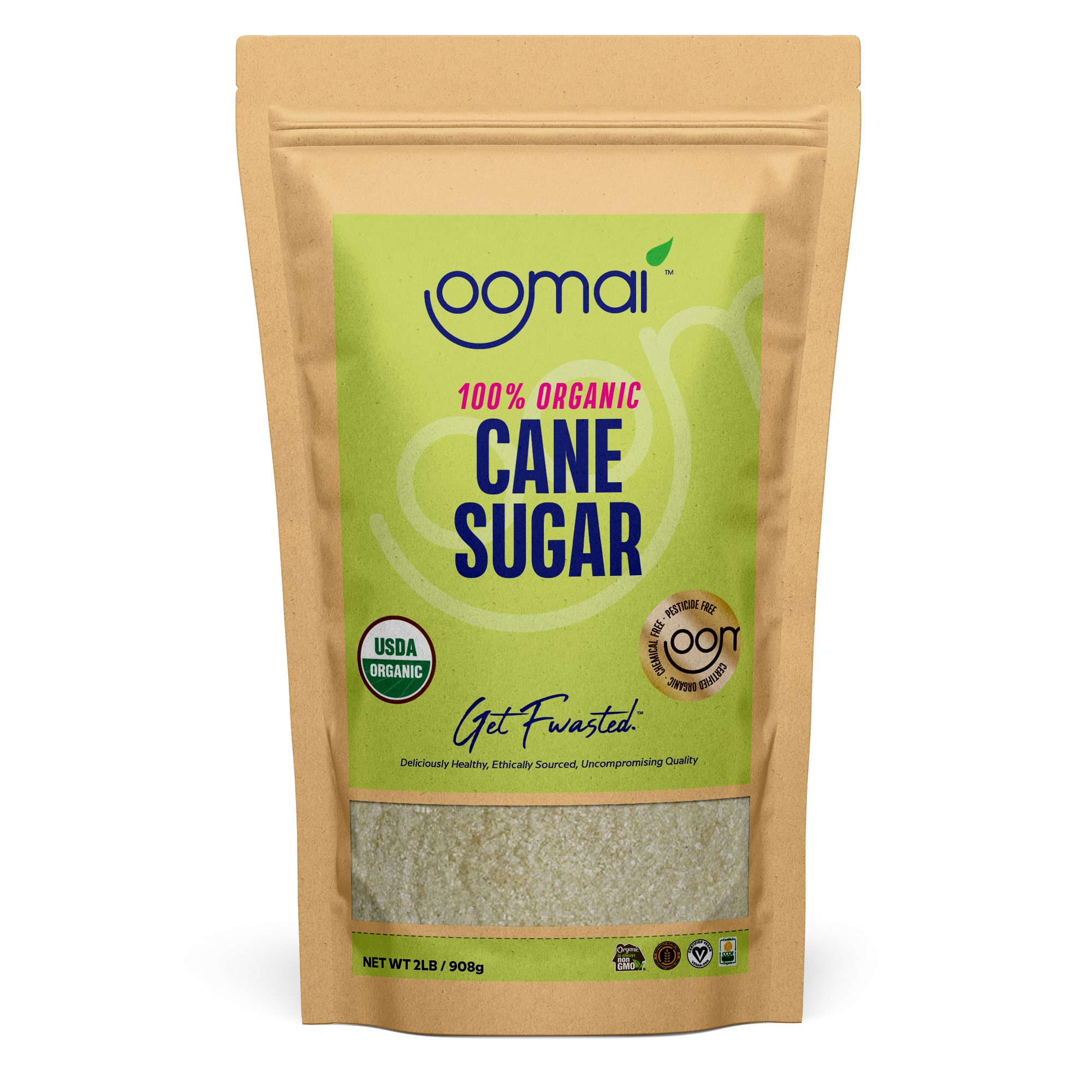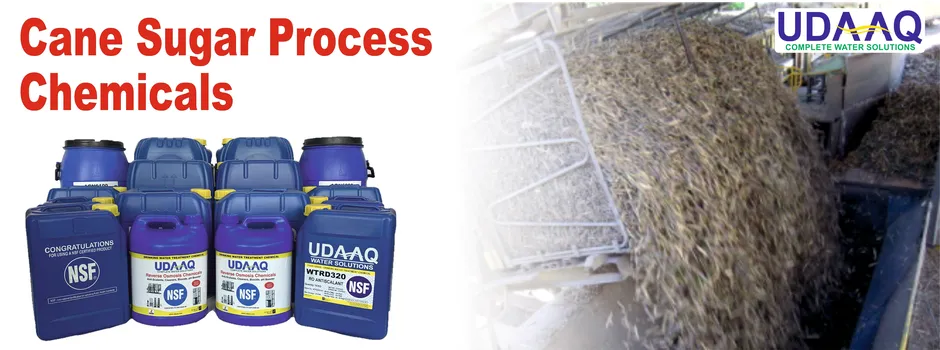Recognizing the Diverse Roles of Sugar Cane in Agriculture and Production
Sugar Cane plays a critical function in both farming and production. As a significant cash crop, it affects economic situations in tropical regions. Its flexibility prolongs past sugar manufacturing to biofuels and eco-friendly materials. Additionally, sugar Cane growing advertises dirt wellness and biodiversity. The full range of its contributions and prospective in sustainable methods stays to be checked out. What ingenious procedures could improve its function in future agricultural systems?
The Agricultural Relevance of Sugar Walking Stick
Sugar Cane plays a necessary duty in farming, adding significantly to the economic climates of lots of tropical and subtropical regions. This turf species thrives in cozy environments, calling for adequate sunlight and water, making it an optimal crop for these areas. Sugar Cane is primarily grown for its high sucrose web content, which offers as an important resources for sugar production. Furthermore, it plays a significant duty in dirt conservation by avoiding erosion and boosting soil fertility through its development cycles. Sugar walking stick's substantial root system aids in water retention, profiting neighboring plants. Furthermore, the crop sustains regional communities by offering habitat and food for numerous wildlife varieties. Farmers frequently incorporate sugar Cane into plant rotation systems, boosting biodiversity and agricultural strength. The growing of sugar Cane not just satisfies neighborhood food demands however likewise fosters lasting farming methods, advertising long-lasting ecological health in farming areas.
Economic Payments of Sugar Cane Farming
Sugar Cane is frequently ignored, its economic contributions are substantial, particularly in creating countries where it serves as a necessary cash crop. The growing of sugar Cane creates substantial earnings for numerous farmers, providing source of incomes and cultivating rural advancement. As a flexible plant, it sustains various industries, including sugar manufacturing, biofuels, and drugs, consequently promoting regional economic situations.
Moreover, sugar Cane growing promotes task creation in agricultural industries, refining facilities, and transportation networks. It additionally adds to forex revenues via exports, boosting nationwide financial security. In areas such as Brazil and India, sugar Cane plays an essential duty in farming exports, boosting profession balances.
Additionally, the crop's by-products, like bagasse and molasses, offer further economic possibilities, made use of in power generation and pet feed. For this reason, the economic impact of sugar Cane extends past plain farming, affecting wider commercial and farming landscapes.
The Refine of Sugar Production From Cane

The journey from sugar Cane to polished sugar includes several vital phases that highlight the complexity of sugar manufacturing. At first, fully grown sugar Cane stalks are gathered and transferred to processing centers. The Cane is after that crushed to remove juice, which has a high focus of sucrose. This juice undergoes explanation, where pollutants are gotten rid of, typically using lime and heat
Next off, the cleared up juice is evaporated to concentrate the sugar content. The resulting syrup is then subjected to condensation, allowing sugar crystals to create. These crystals are separated from the staying syrup via centrifugation and washed to get rid of any recurring molasses.
The last stage entails refining, where sugar crystals are further cleansed and bleached, leading to the white granulated sugar typically made use of in food. This meticulous procedure underscores the detailed journey from raw Cane to the sugar that plays an important function in different cooking applications.
Sugar Cane as a Source of Biofuels
As interest in renewable resource resources expands, sugar Cane has actually emerged as a significant prospect for biofuel production. The plant's high sugar content enables effective fermentation procedures, transforming sugars right into ethanol. This biofuel works as a renewable option to fossil gas, reducing greenhouse gas discharges and advertising power sustainability.
Nations like Brazil have long used sugar Cane for ethanol, developing extensive production framework that supports both domestic power needs and worldwide export. The growing of sugar Cane for biofuel has her latest blog actually also produced economic chances, specifically in backwoods, where it creates work and sustains neighborhood farming.
Sugar Cane biofuels can be integrated into existing fuel systems, making them a useful service for moving away from standard power resources. As technical innovations remain to boost manufacturing effectiveness, sugar walking stick's duty in biofuel growth is poised to increase, better adding to worldwide initiatives towards renewable resource fostering.
Ingenious Usages of Sugar Cane in Biodegradable Plastics
An expanding variety of scientists and producers are exploring ingenious usages of sugar Cane in the production of biodegradable plastics. Sugar walking cane, abundant in sucrose, can be processed to create polylactic acid (PLA), a biopolymer that serves as an alternative to petroleum-based plastics. This bioplastic can be made use of in different applications, including product packaging, disposable flatware, and agricultural films.
The usage of sugar cane-derived PLA presents several benefits, such as reduced dependancy on nonrenewable fuel sources and the potential for lower carbon exhausts throughout production. In addition, sugar walking cane's eco-friendly nature makes it an appealing option in the mission for sustainable products. Current developments in handling techniques have actually boosted the performance and cost-effectiveness of generating these bioplastics, fostering higher fostering in the marketplace. As the demand for green services grows, sugar Cane stands out as a beneficial source in the change towards greener manufacturing methods.
Environmental Benefits of Sugar Cane Farming

Furthermore, sugar Cane needs much less water contrasted to other crops, making it suitable for cultivation in arid regions. Efficient use of plant residues, such as bagasse, can lessen waste and provide renewable resource sources. pop over to these guys Additionally, sugar Cane farming can assist in the establishment of agroforestry systems, creating a collaborating relationship in between crops and trees. These techniques not only secure the setting however also promote lasting farming techniques, ultimately profiting neighborhood areas and ecological communities.
The Future of Sugar Cane in Lasting Practices

The potential for sugar Cane to add to eco-friendly energy sources is acquiring grip. Biofuels originated from sugar Cane can notably reduce carbon discharges contrasted to nonrenewable fuel sources, aligning with worldwide environment goals. In addition, developments in waste administration enable the utilization of spin-offs, better reducing ecological impact.
Research study right into drought-resistant sugar Cane selections is additionally underway, using strength versus environment change. As stakeholders across the sector embrace these sustainable methods, sugar Cane is poised to play an essential role in cultivating agricultural sustainability, guaranteeing its importance in future markets and adding favorably to ecological balance.

Often Asked Questions
Exactly How Does Sugar Cane Affect Soil Health and Fertility?
The impact of sugar Cane on soil wellness and fertility is significant. Its considerable origin system boosts soil framework, while natural issue from rotting fallen leaves adds vital nutrients, advertising general fertility and sustaining varied microbial life.
What Are the Labor Problems for Sugar Cane Workers?
Labor problems for sugar Cane employees differ extensively, often characterized by lengthy hours, low earnings, and unsafe settings. Numerous face obstacles such as lack of access to healthcare and inadequate protective measures against dangerous problems.
Can Sugar Cane Be Expanded in Non-Tropical Climates?
Sugar Cane usually prospers in exotic environments as a result of its warmth and moisture requirements. Specific non-tropical areas may effectively cultivate it with specific agricultural practices, though returns and high quality may be considerably lowered.
What Vermin Frequently Endanger Sugar Cane Crops?
Pests harmful sugar Cane crops include the sugarcane borer, aphids, and nematodes. web These organisms can considerably influence crop yield, requiring efficient bug management techniques to ensure healthy growth and maximize farming productivity.
How Does Sugar Cane Cultivation Impact Resident Communities?
The growing of sugar Cane significantly affects regional areas by giving employment possibilities, promoting financial development, and influencing social structures. In addition, it can bring about environmental obstacles, affecting agricultural methods and area health in the region.
Sugar Cane is primarily grown for its high sucrose content, which serves as a vital raw product for sugar manufacturing. Farmers commonly integrate sugar Cane right into plant turning systems, improving biodiversity and farming strength. The trip from sugar Cane to polished sugar involves numerous crucial phases that highlight the complexity of sugar production. The final stage includes refining, where sugar crystals are more purified and bleached, resulting in the white granulated sugar typically used in food products. The plant's high sugar content enables reliable fermentation processes, transforming sugars right into ethanol.